Paddling under water: Where only the strong survive
We are in Poland, a country near and far away at the same time. What adventures are waiting there? After our tour on the Krutynia, the most beautiful paddling river in Europe, we're paddling the Drawa river in Poland, one of the unknown paddling waters of Europe. It's a new kind of adventure we're stumbling in...
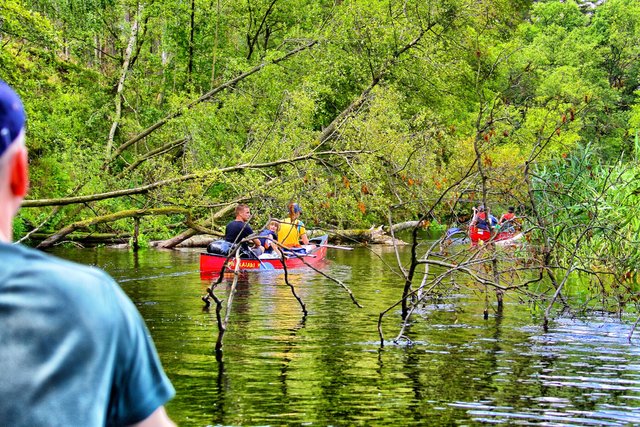
It doesn't get much more beautiful than this. The little river lies whispering in the sunlight, the canoes glide along, the reeds sway in a breeze. Not too hot and not too cold, so off we go into the adventure, up the Drawa, in contrast to the Krutynia, which flows a few hundred kilometers to the east through the Masuria, a Polish paddling water as close as it is unknown. After a large lake, on whose shores we spent the night, the river turns left.
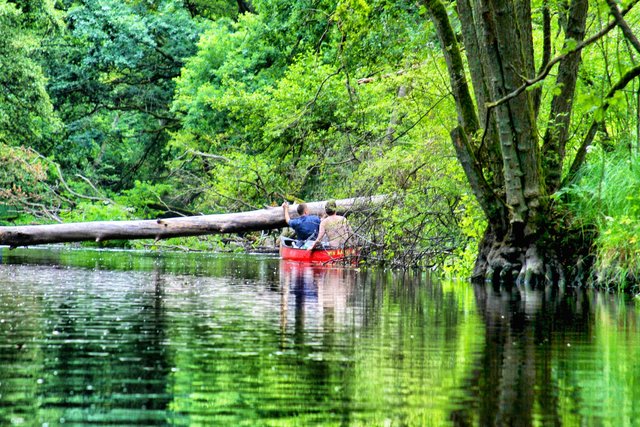
The beginning of the national park
There are extensive stands of marsh plants here, and we hope a little that the thief who looted our beer supplies in front of the tents last night, stole a stove, and forgot to take the gas cartridges with him, has sunk here somewhere. On the right hand side there are big signs in Polish, German and English indicating the beginning of the national park.
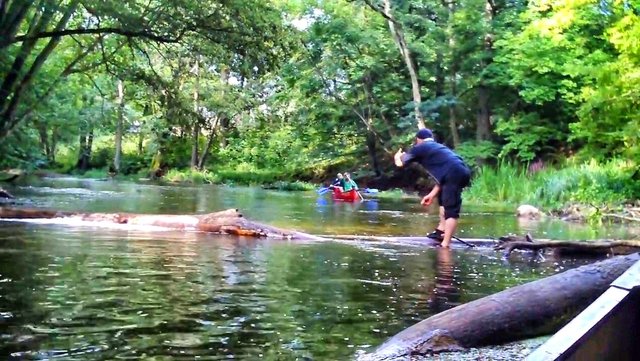
But before that you have to pay national park fees. The website of the national park contains all the essential rules of conduct and also the respective amount of the fees.
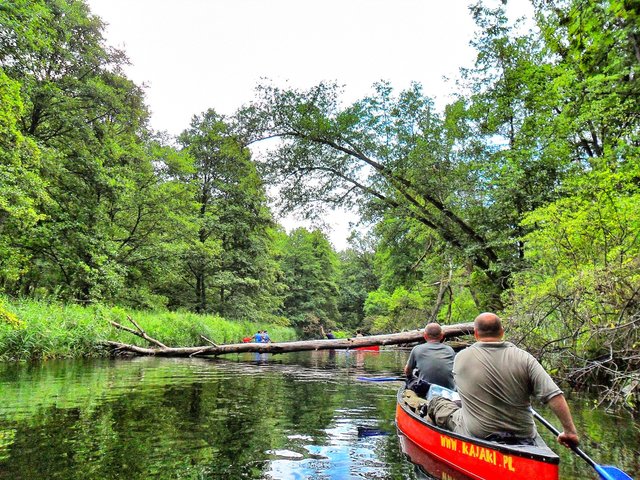
At some point, the Drawa became too popular for the Poles. The number of paddlers increased dramatically, and people say that there was hardly any room left on the river. Since 2011, the number of boats allowed to enter the national park at the same time has been strictly regulated. Currently, a maximum of 700 paddlers per day are allowed on the entire national park section.
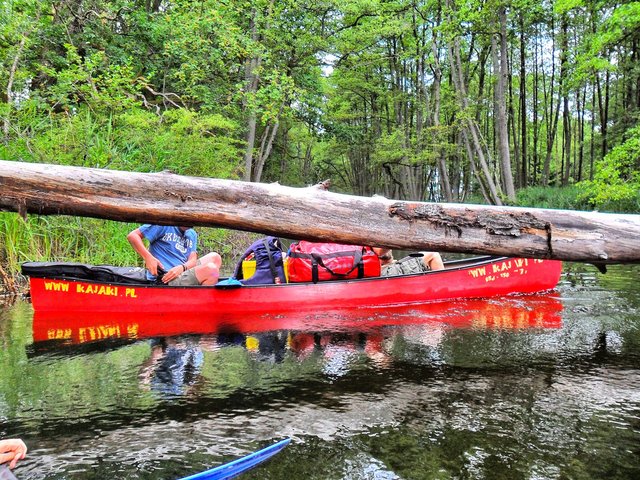
If you are late, life punishes you: You're not allowed in and has to wait until something becomes free the next day. The only way to avoid this is to book in advance and pay the ticket price in advance.
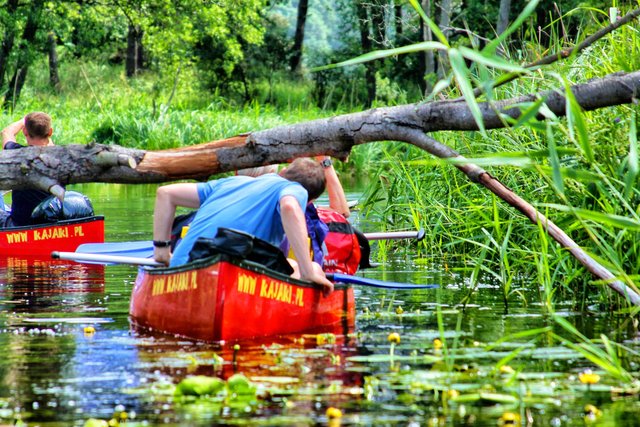
We're the only ones
We are lucky, except for us there is no one this day. Right next to a camping site the national park begins. Landing on the shores is no longer allowed, but the surroundings are really jungle-like. A railroad bridge, which has not been used for decades, marks the beginning of the most beautiful section of the route - but we will soon find out what is really hidden in front of us. Painfully.
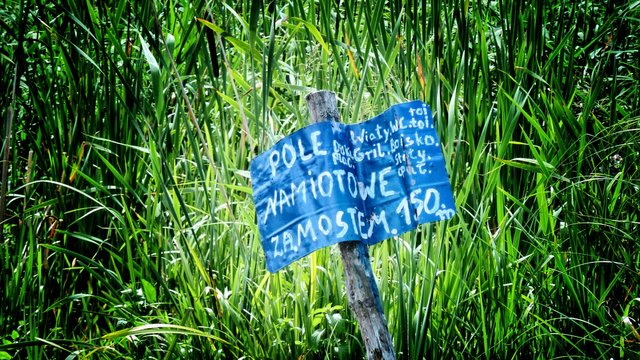
Because in the deep valley where the Drawa now flows, the current accelerates extremely. It becomes wild on the water. It will stay like this for 45 kilometers - for two to three days we will pass through what seems to be a beautiful wild wooded valley with often steep banks, alder breaks, high beech forest, many fallen trees and crystal clear water.
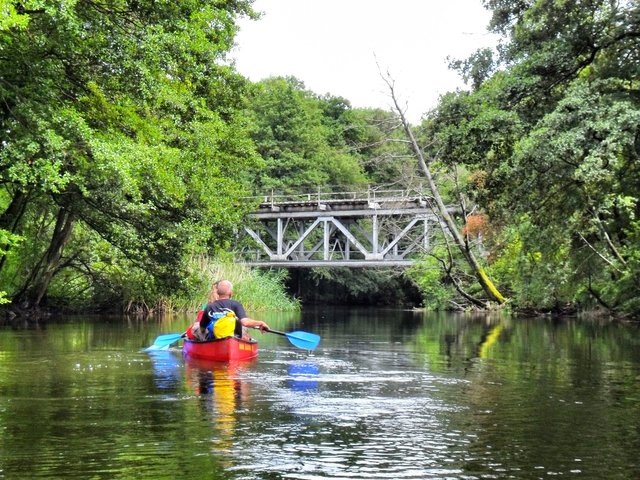
This turns out to be white water after a few hundred meters. Actually, no problem, but here there are also fallen trees that span the entire course of the river in places. In the beginning it is enough to aim at the deepest part and paddle with all your might. In the best case the boat then slides almost smoothly over it. In the worse case, at least one person has to get out of the boat to reduce the weight and the diving depth. And in the very worst case, the very very worst happens.
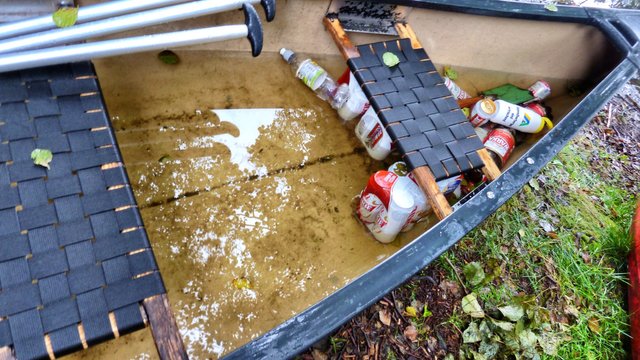
Missing the point
We just hit a flat spot above a tree again at top speed at this fearful moment to slide over it. But we miss this one point. Immediately the boat turns on the fast current across the stream. It pushes against the thick trunk in the water. And it pushes the person in front under a protruding branch.
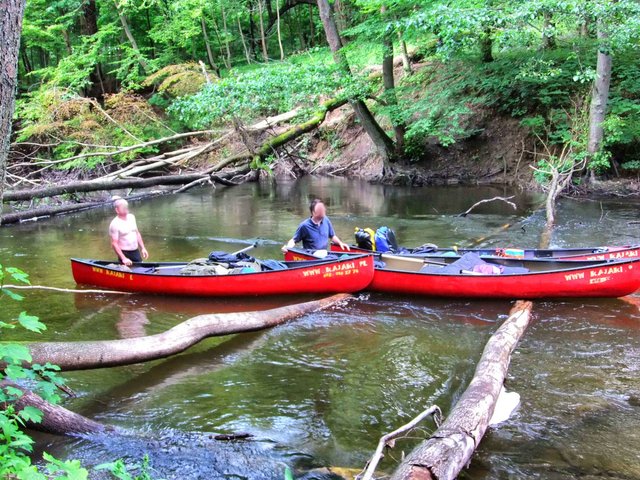
Slowly, very slowly, the canoe gets sideways. It takes on water. Out, just out. The water is not deep enough to drown, at best up to the waist. Without the weight of the occupants, the boat would tip over immediately. All the provisions and equipment inside are gone. In the water. Which carries everything away quickly. Catastrophe.
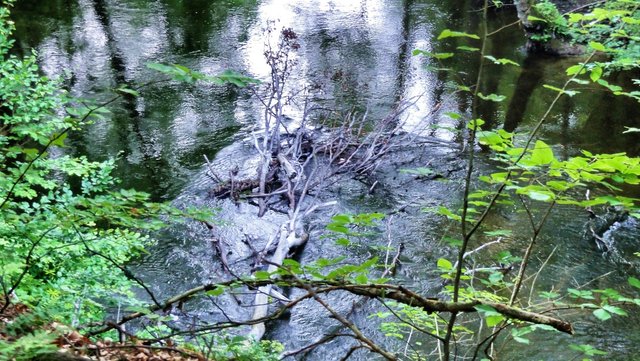
Thousands of Polish paddlers, who know the area, enjoy a challenging but doable tour of natural beauty and adventure. But they are also traveling with light plastic rental boats.
We have big, heavy canoes, and that turns out to be a real problem. True, we recovered most of our stuff further downstream. But there the tree blockades are becoming more frequent. Every ten meters there is one from bank to bank, every third one can no longer be crossed.
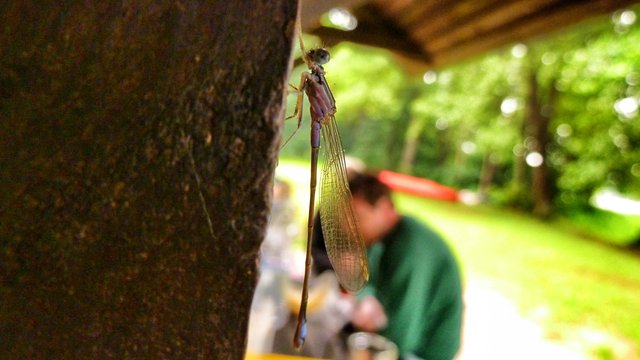
Out of the boat
The only thing that helps is to get out of the boat, finally it is even called towing: Wading up to our hips in the water, we push our canoe flotilla from obstacle to obstacle. It is getting cold, although it is warm. It is wet, it is uncomfortable and the steep banks prevent us from taking a break at least once.
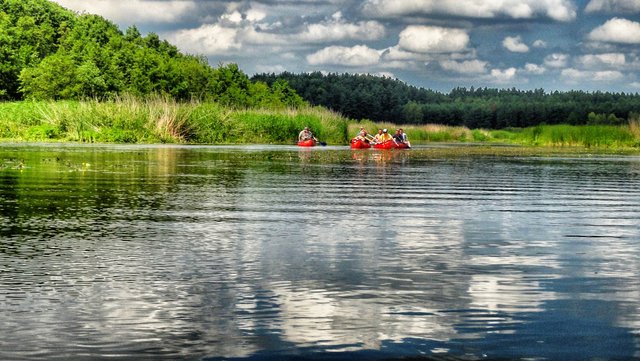
The only thing that helps here is to keep going, keep going. For hours we are forced to walk on the water. The gradient is high, the current rapid, the bottom stony. Later we learn that paddlers are advised not to go down this section with children on board. This should be known beforehand.
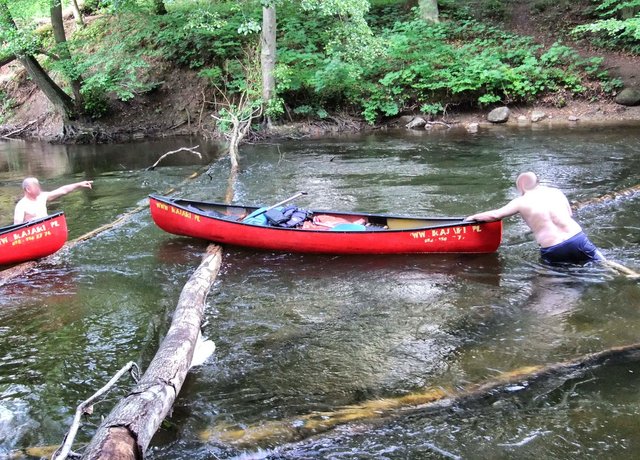
We fight. For hours. At the end of our strength. One bend of the river after the other we push forward. Laboriously. The fallen trees are a nuisance, because only the older obstacles are cut free a little. Everything recent lies there as nature threw it down. Our speed is maybe one kilometer per hour. And we don't know where we still have to go.
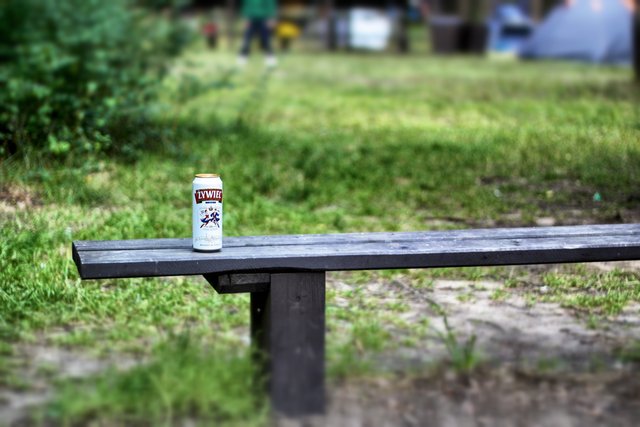
Only the strong survive
In the strong current we have to overcome the tree obstacles standing, lifting, pushing and shoving. But there is no turning back. The current often pushes the boat against the trees as we negotiate the obstacles, and we ourselves have difficulty staying on our feet through the water pull.
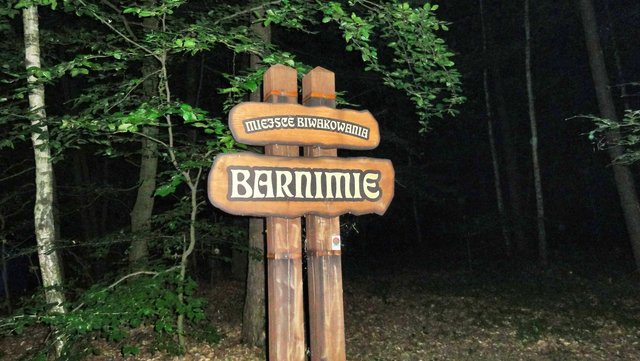
Finally, after endless hours, the valley widens a little, the marshes on the shore have disappeared, and a stairway appears, 60 or 70 meters steeply upwards. The rescue. With difficulty we moor, and with even more difficulty we heave the canoes and the equipment up the steep slope. With our last strength we manage to light a fire. And with the very last to open a few of the remaining beer cans. We survived, the entire obstacle park. Like the Pope!
Thank you for reading and if you like my work please follow me on Hive, Travelfeed or Steem or visit my homepage koenau.de
A few more pictures for you:
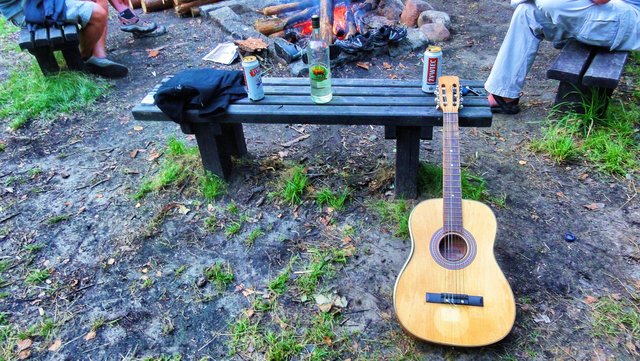
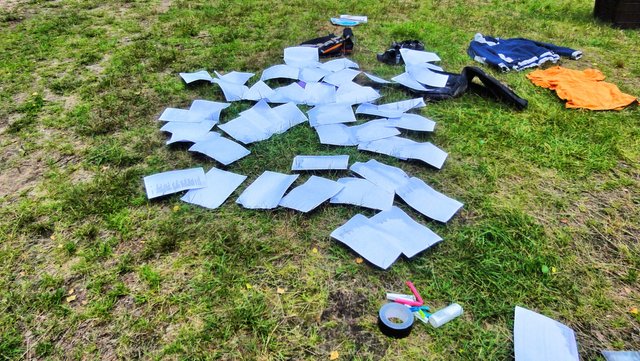
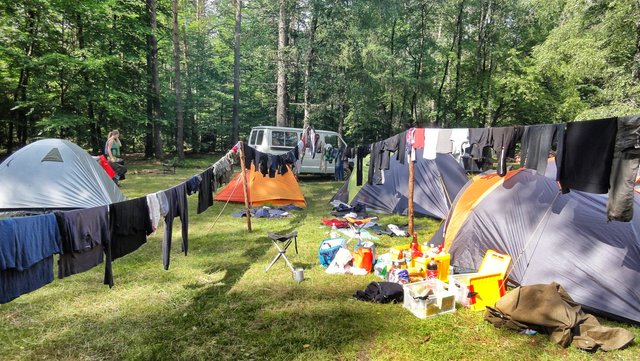
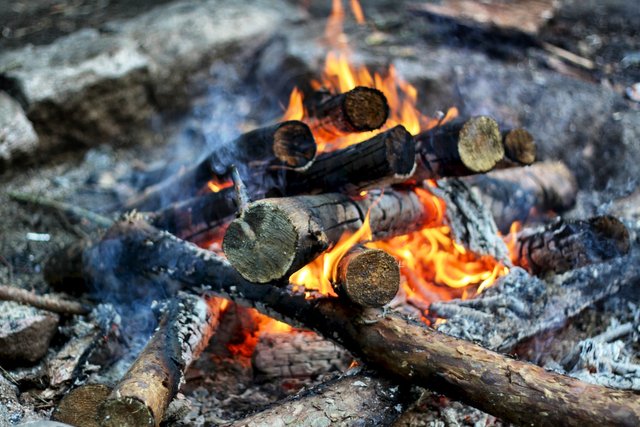
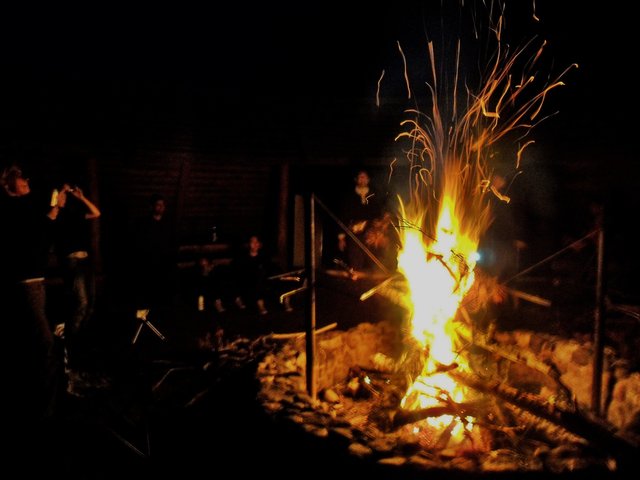
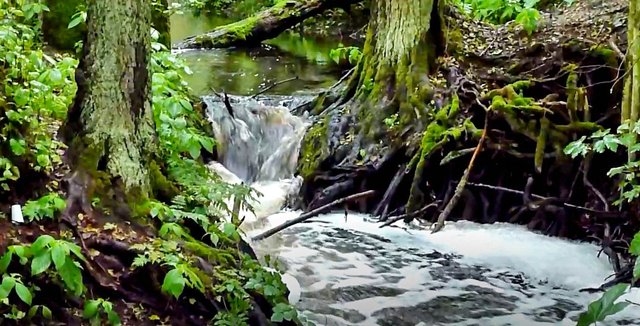
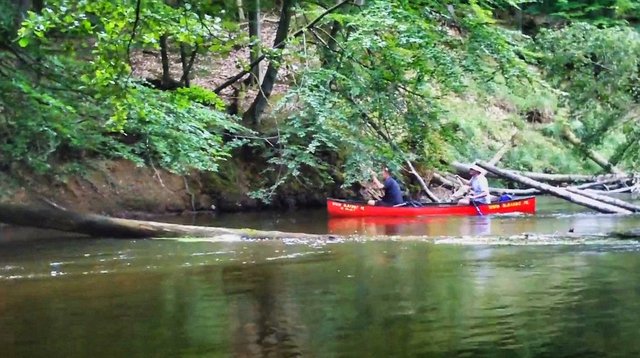
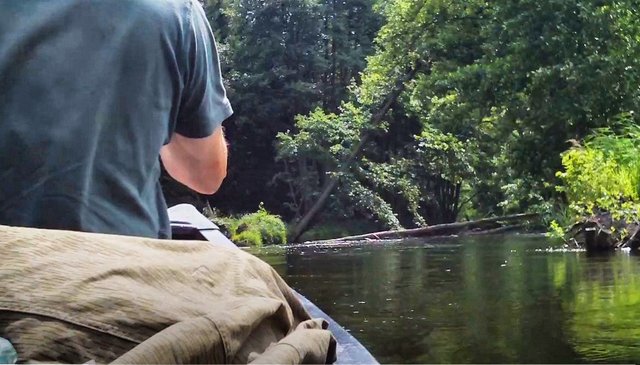
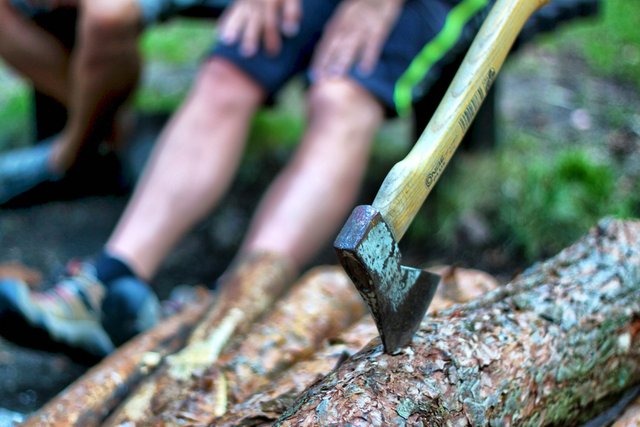
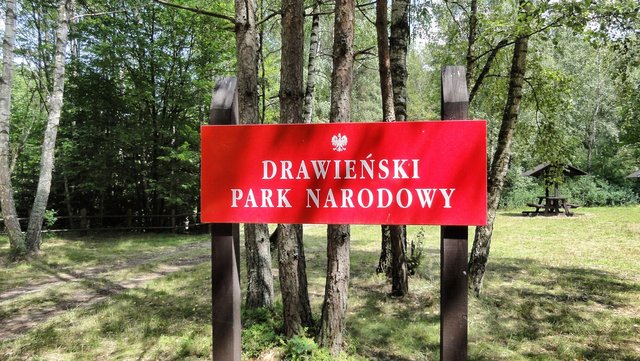
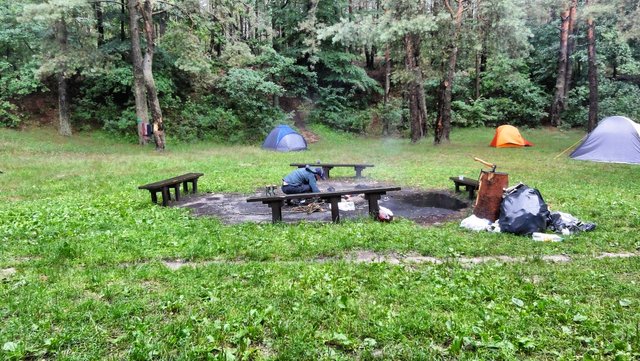
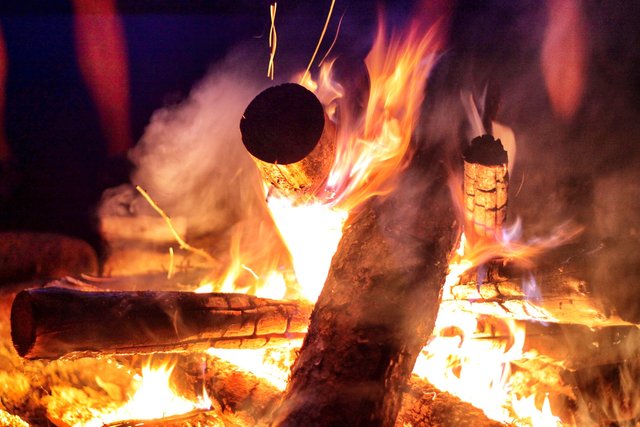
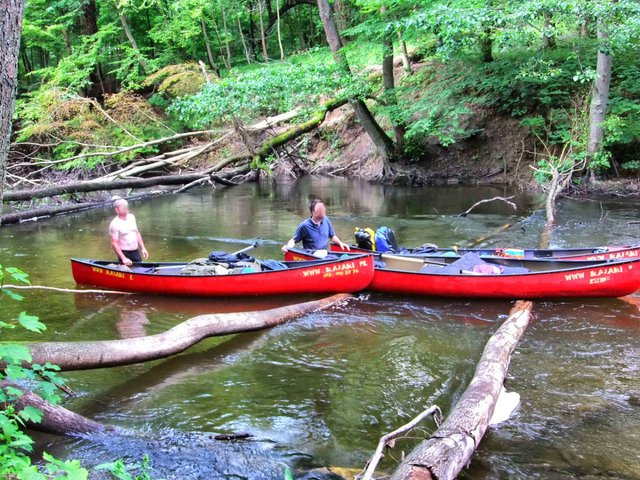
Was für ein Abenteuer! - What an adventure!
Nie wieder...
Congratulations @koenau! You received the biggest smile and some love from TravelFeed! Keep up the amazing blog. 😍 Your post was also chosen as top pick of the day and is now featured on the TravelFeed.io front page.
Thanks for using TravelFeed!
@invisusmundi (TravelFeed team)
PS: Have you joined our Discord yet? This is where over 1000 members of the TravelFeed come together to chat. Join us!